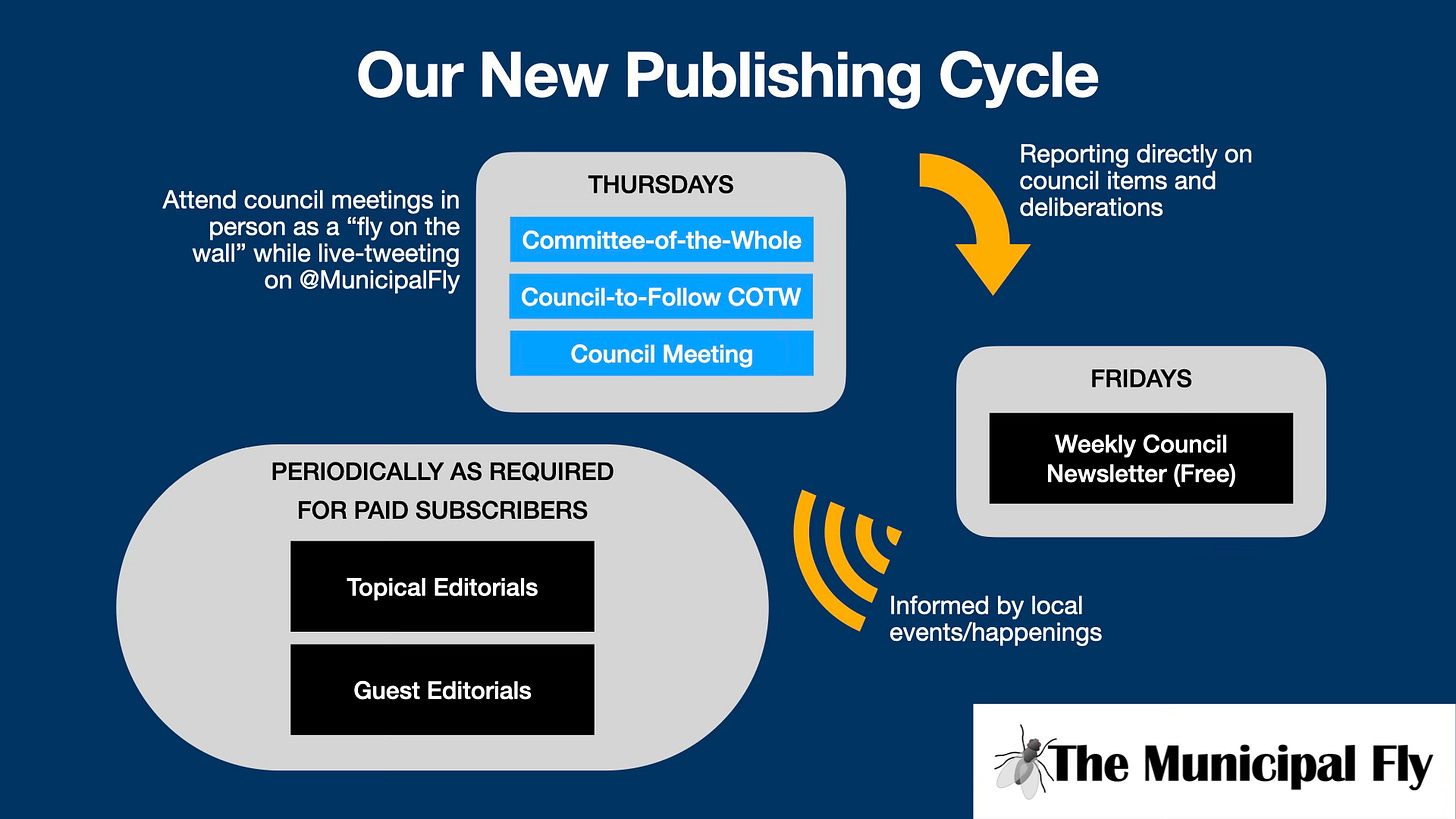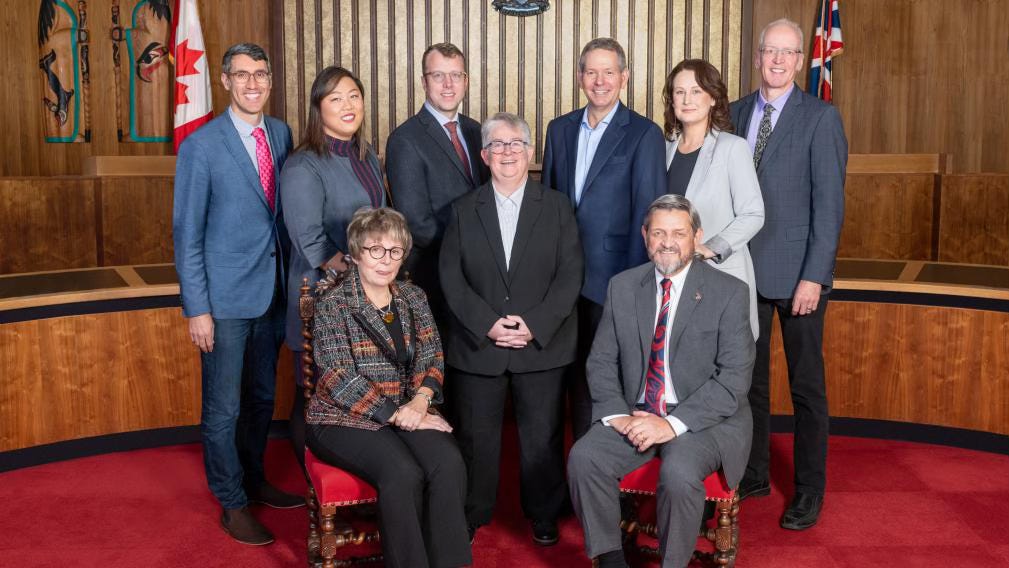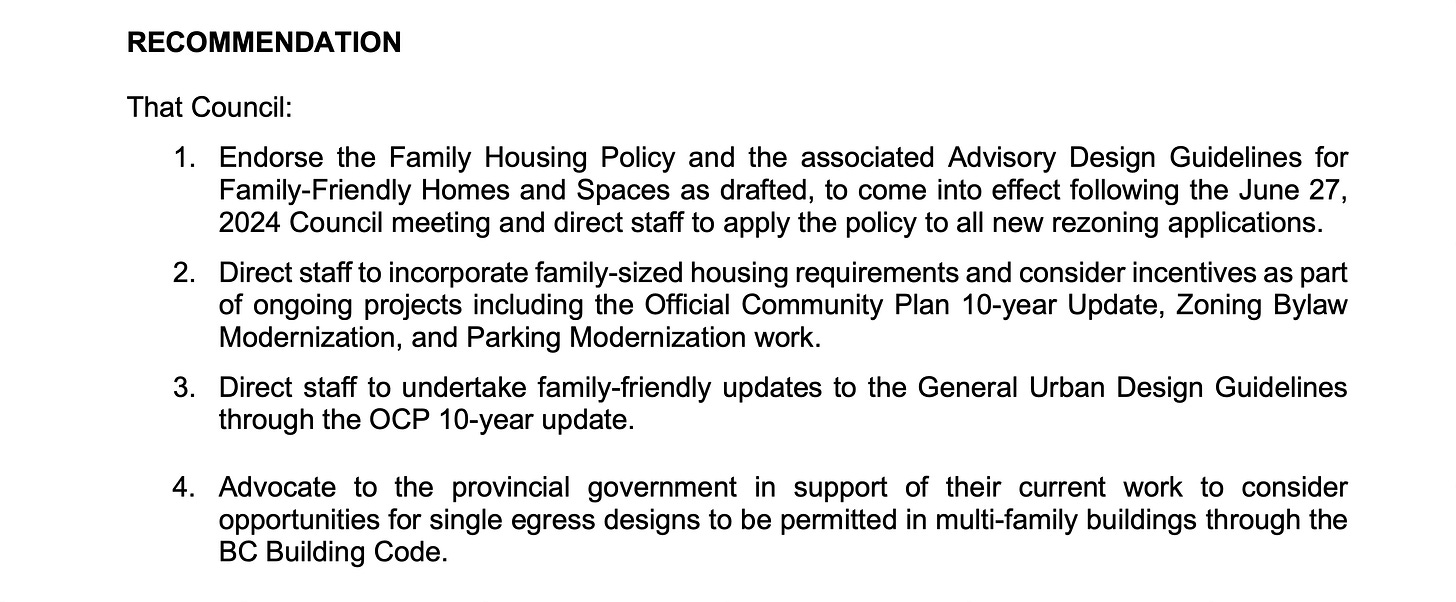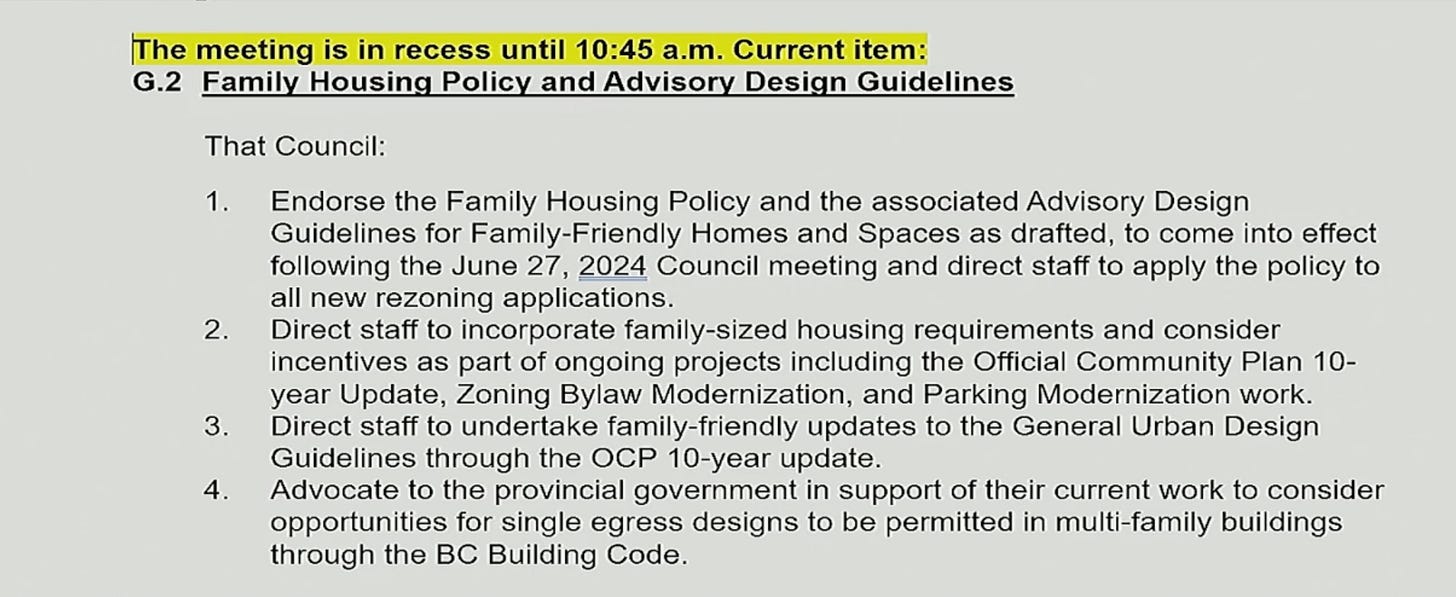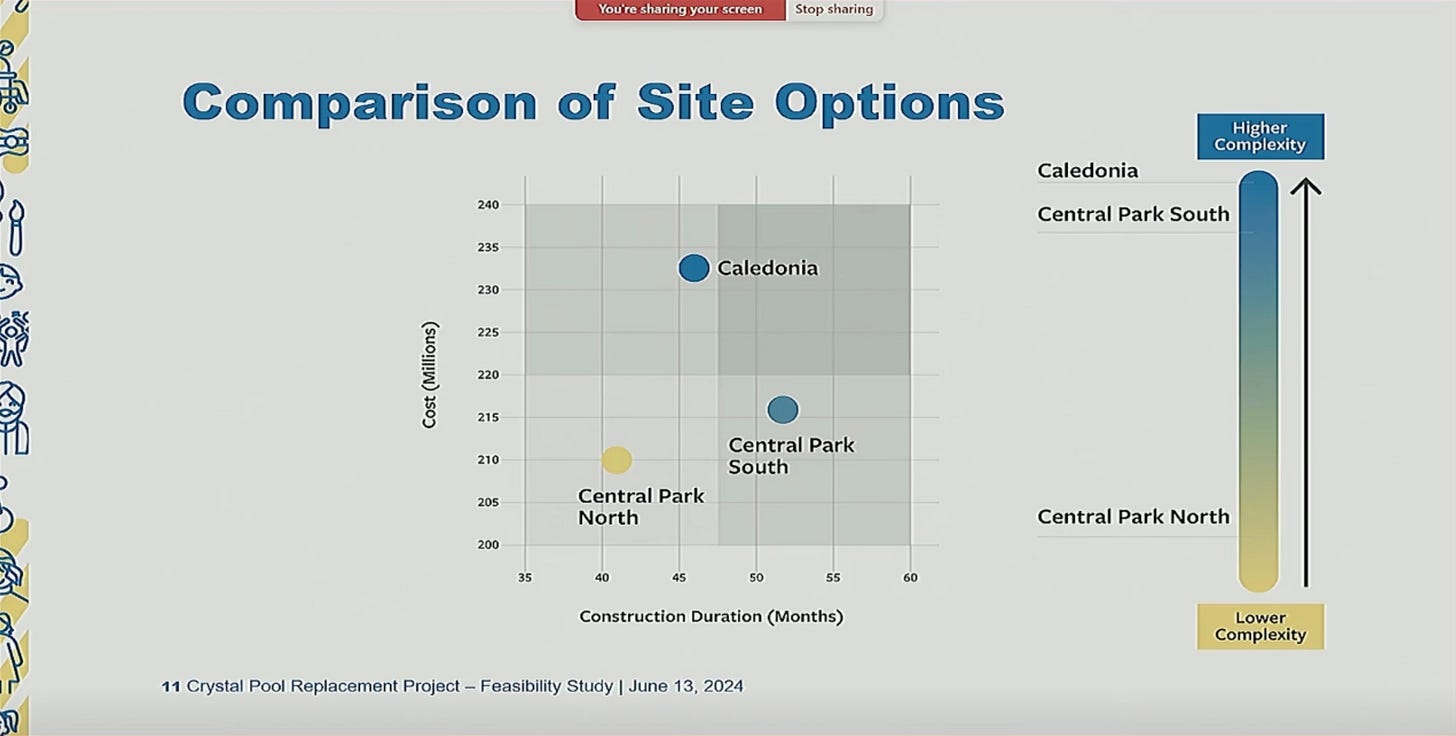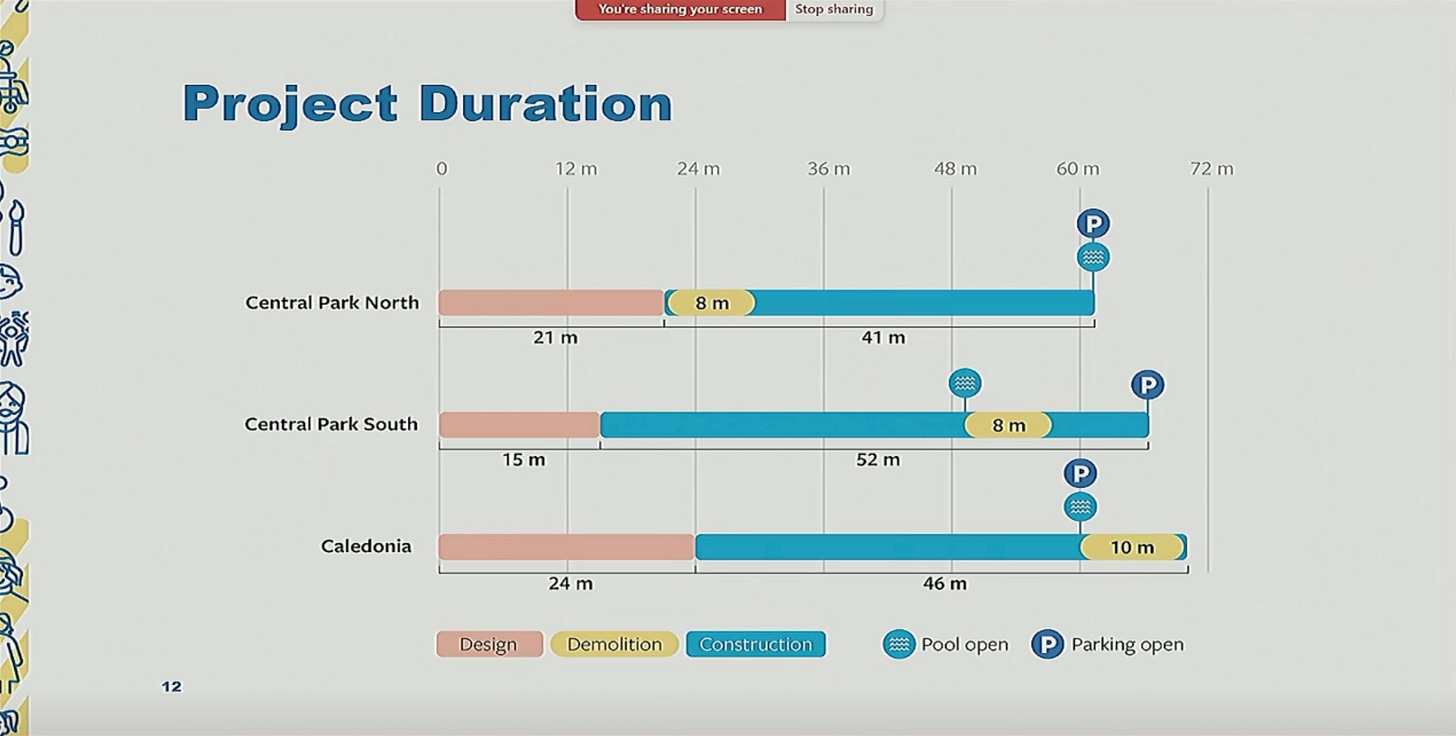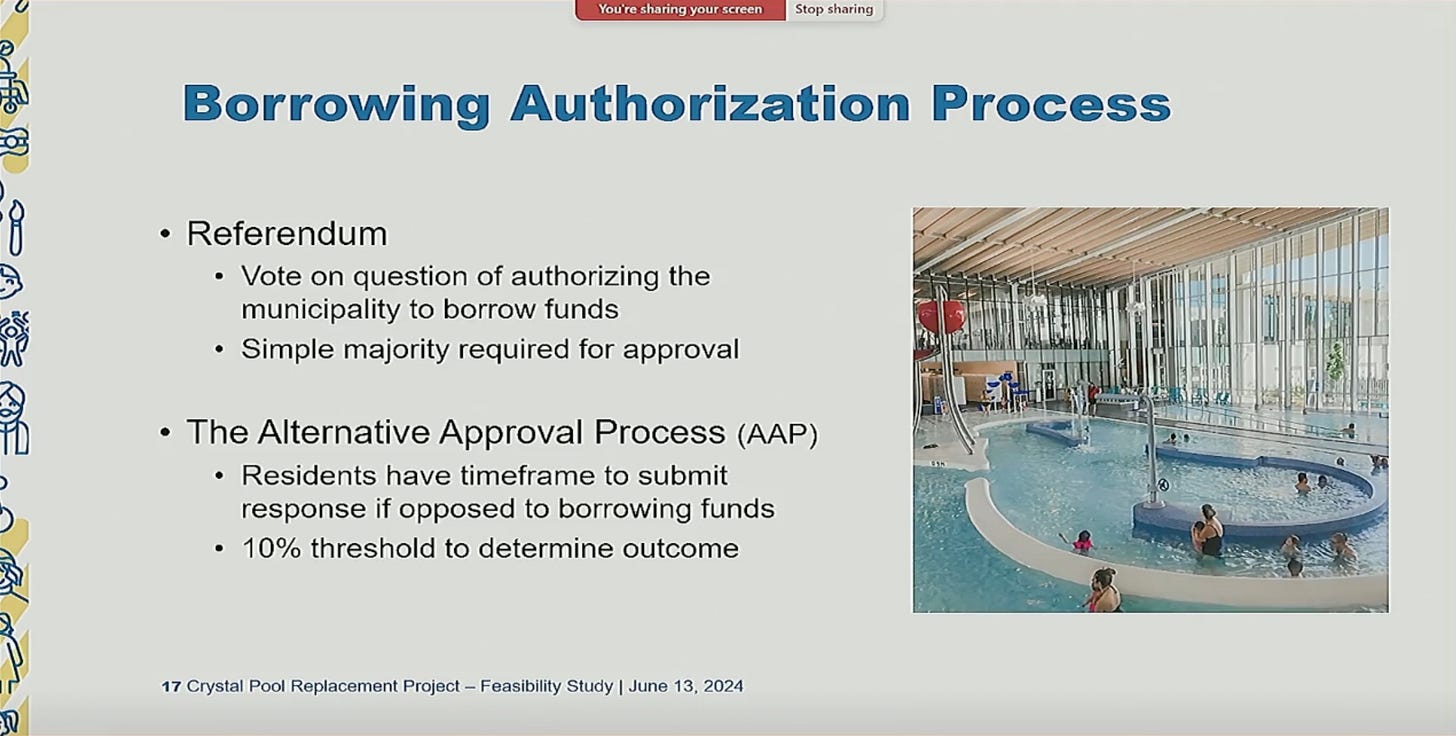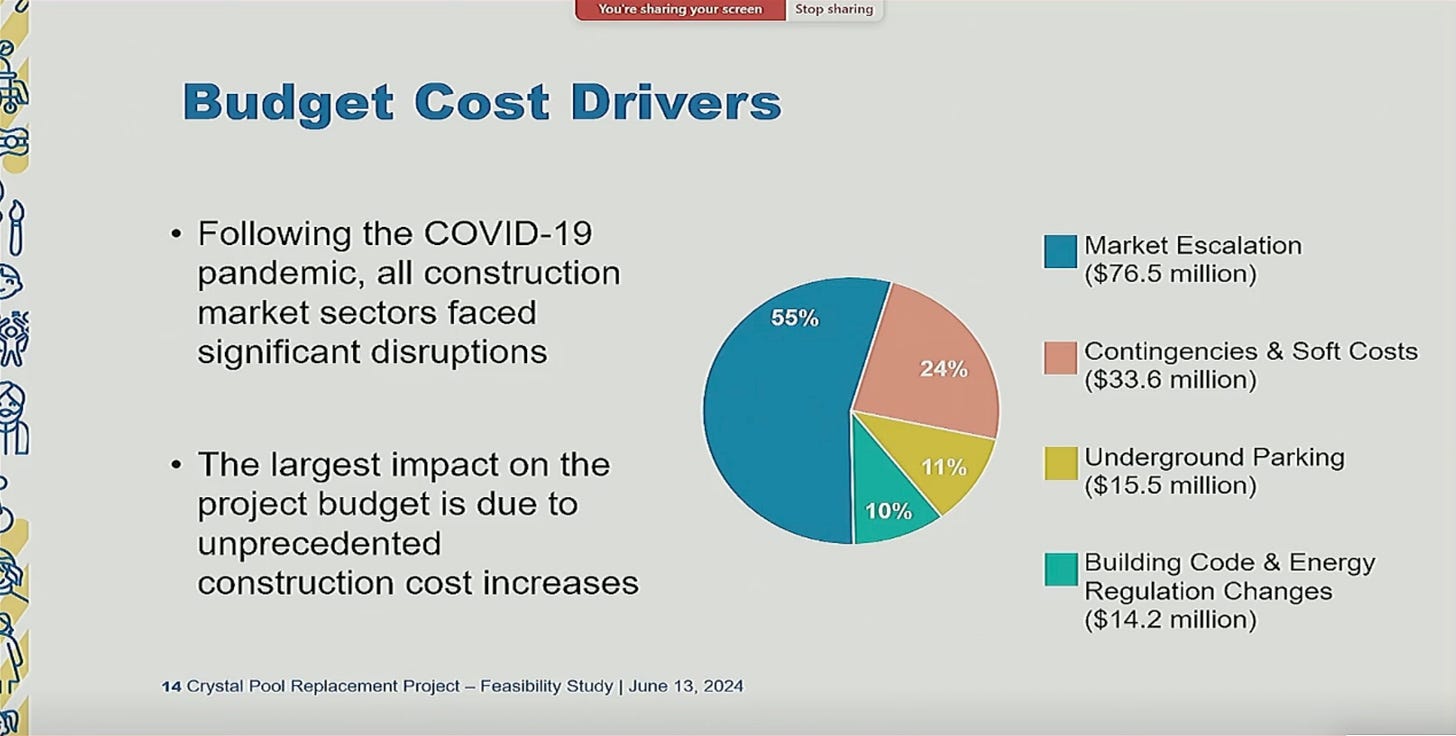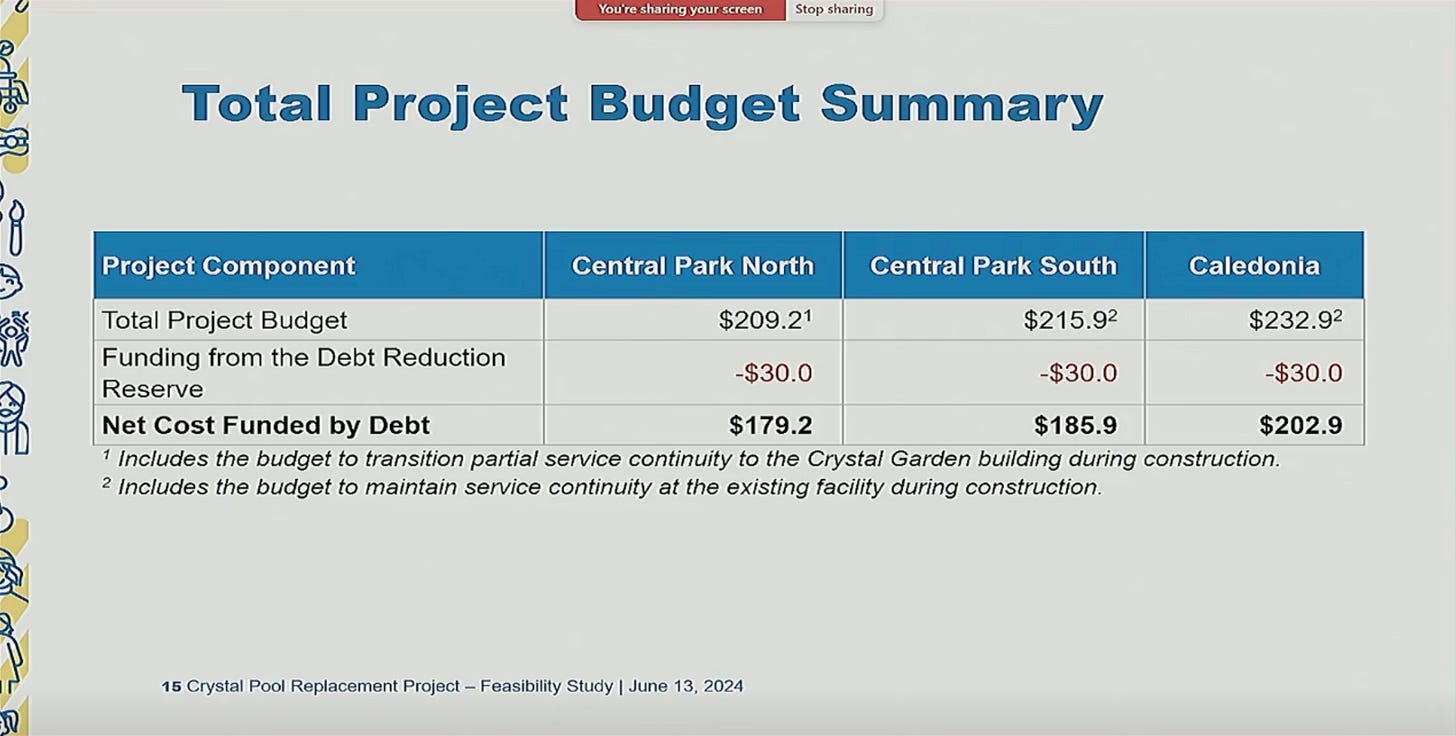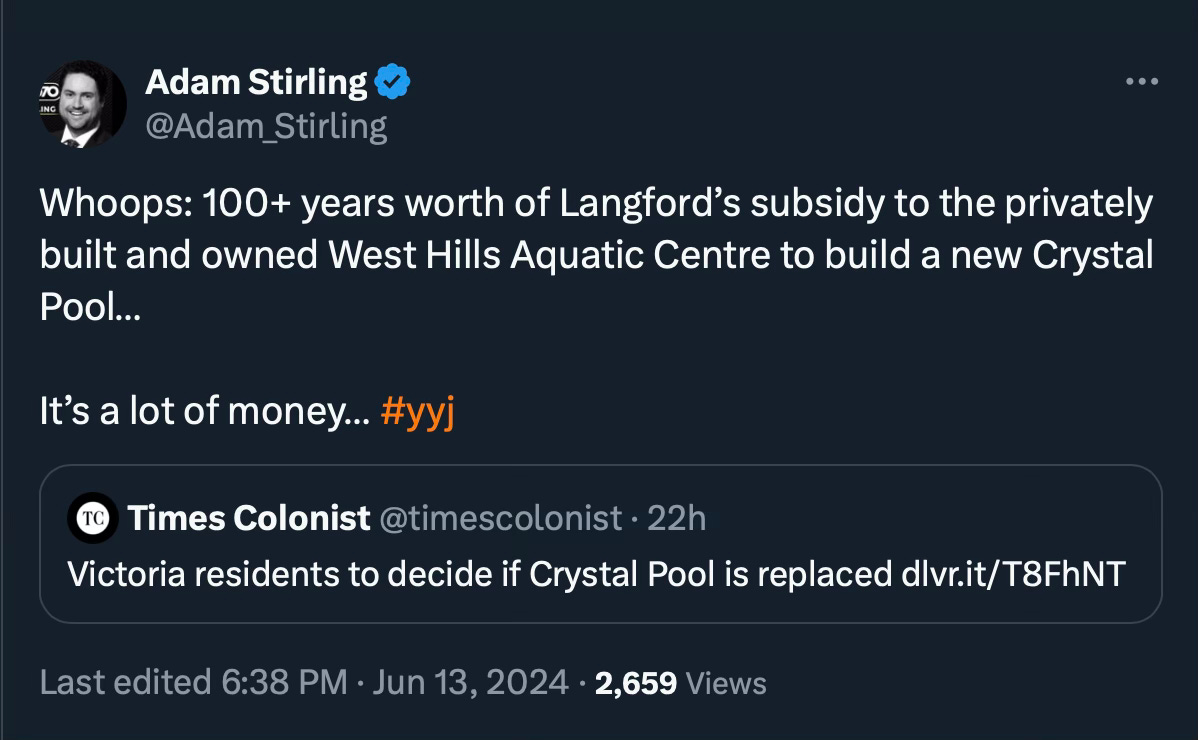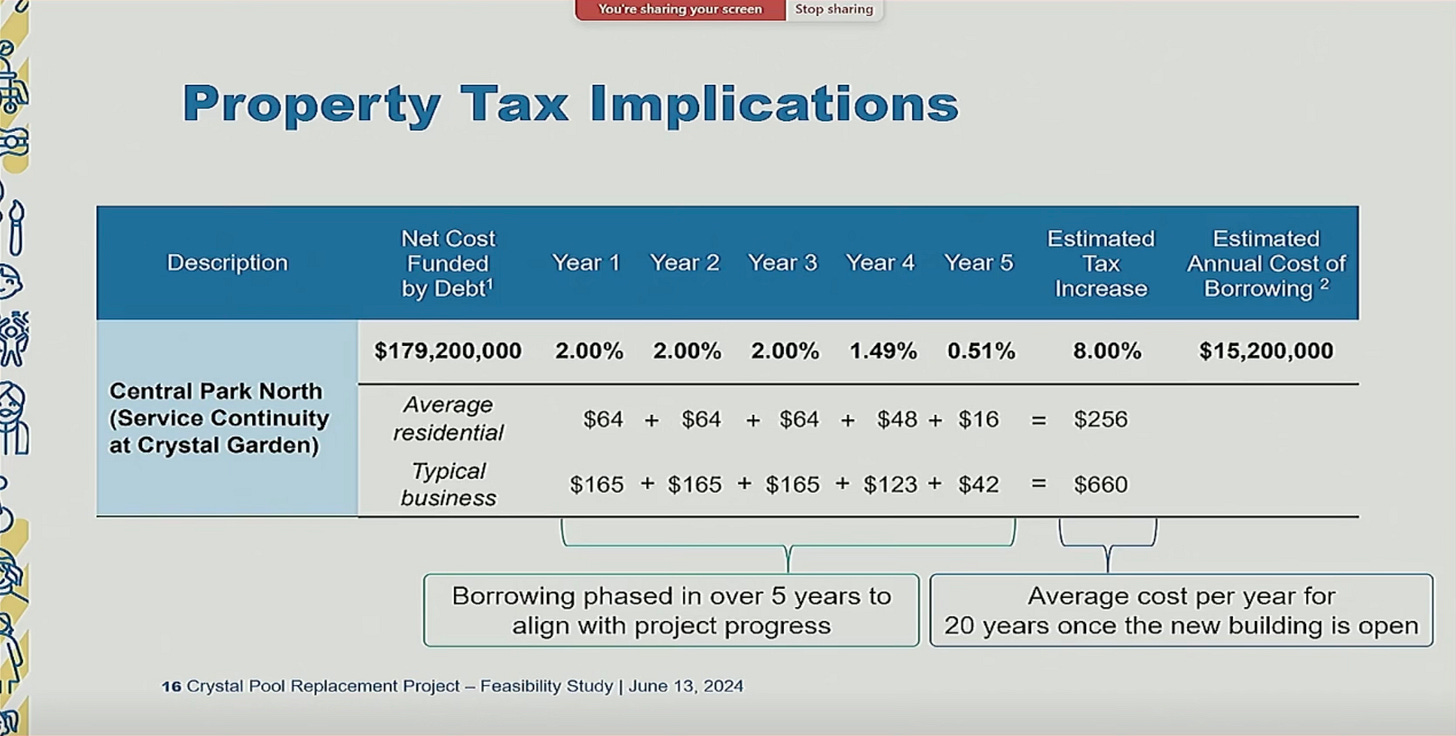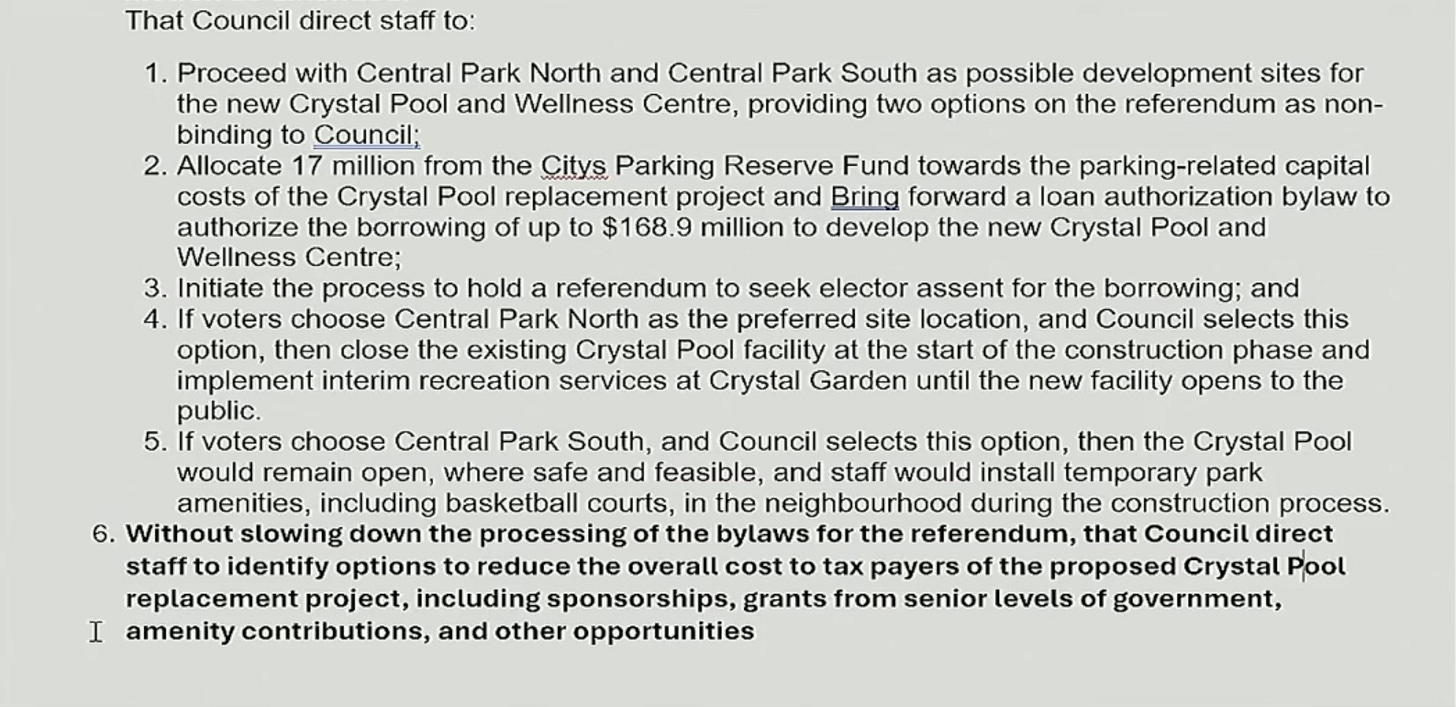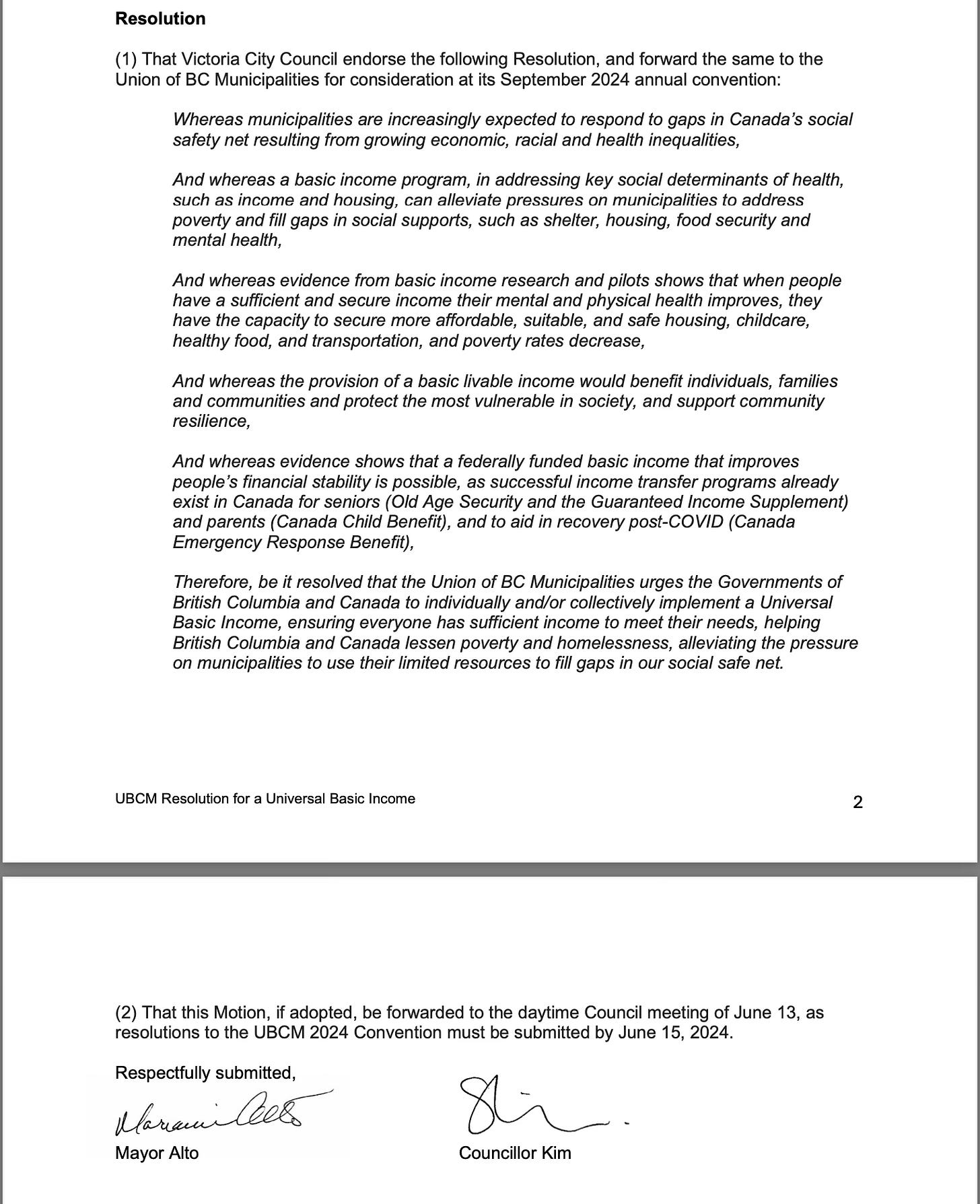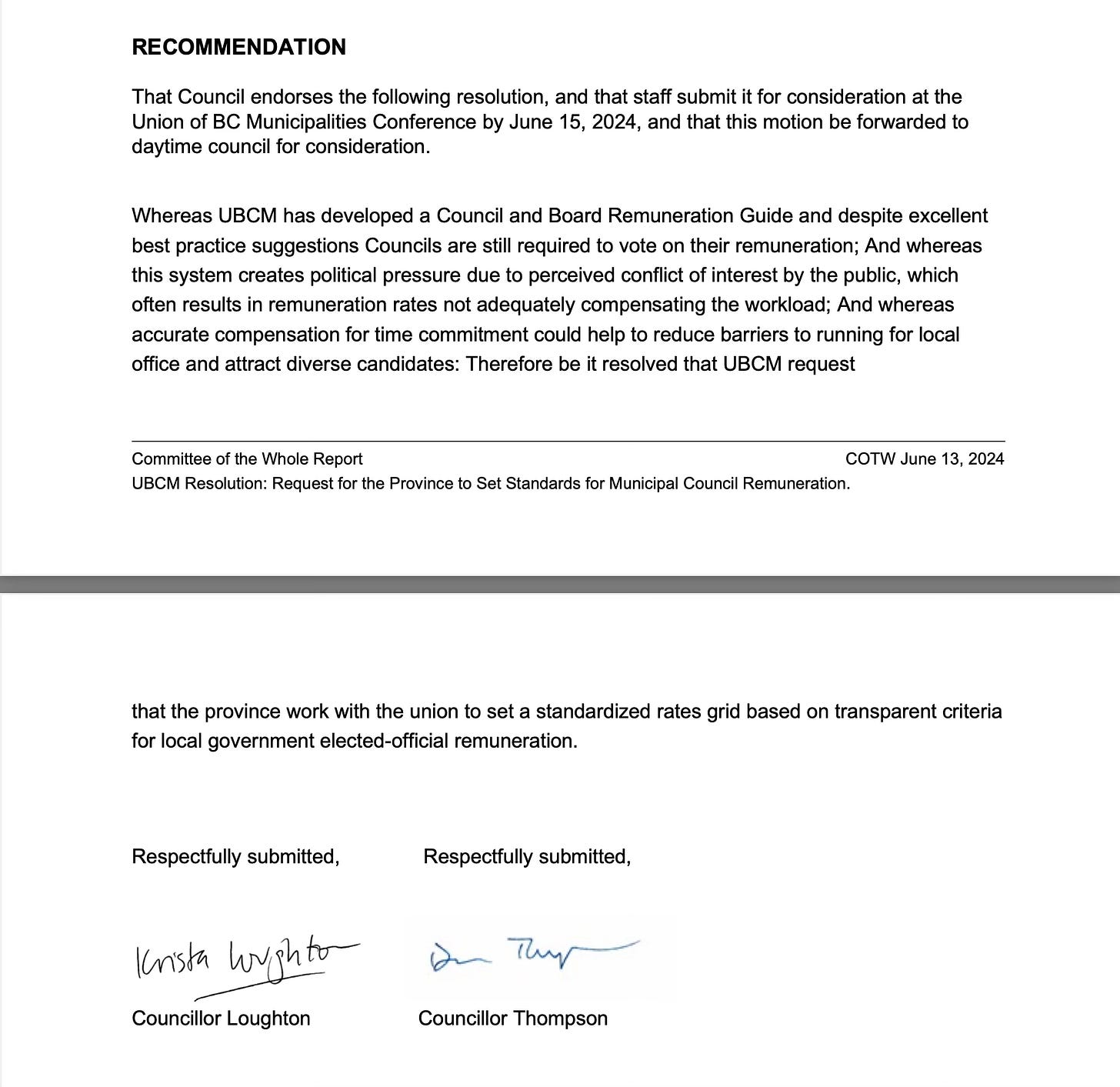Council Meeting Newsletter (13 Jun 24)
Committee-of-the-Whole, Council to Follow COTW and Council Meeting
A few housekeeping items before we begin this (admittedly, late) newsletter. As I mentioned on Twitter, I am proud to share that we have a new publishing cycle and subscription model at The Municipal Fly. This newsletter is the first product of this new cycle.
While my commitment to providing insightful coverage of Victoria politics remains unchanged, I’ve decided to take the “fly on the wall” concept to its full extent. I intend to attend all council meetings and report directly on their proceedings. From these meetings we'll publish a newsletter (this very one), allowing you to stay informed and engaged with the council events.
We’ve revamped our subscription model so that you can materially support our work. For a modest fee of $5/month or $50/year, you can enjoy a paid subscription to The Municipal Fly that will include exclusive topical editorials from guest writers and me. Your subscription fee will ensure that our free weekly newsletter is published, and as a thank you, we will provide deeper insight and analysis with a twist.
Committee-of-the-Whole Meeting
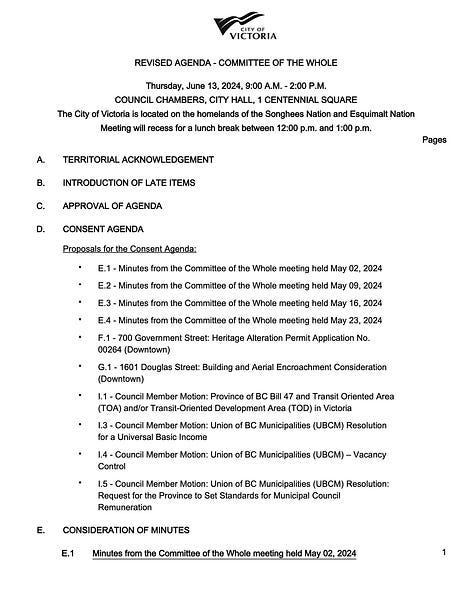
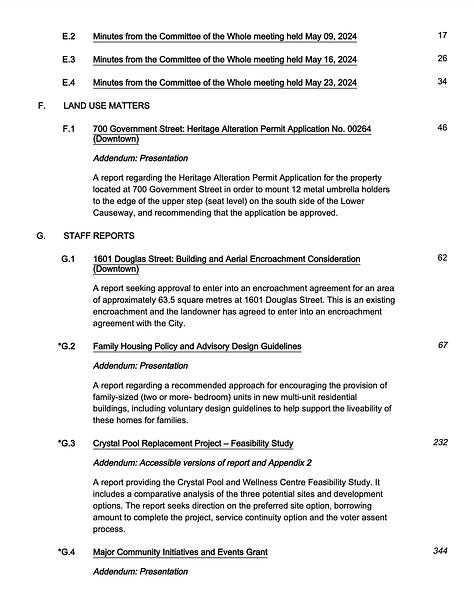
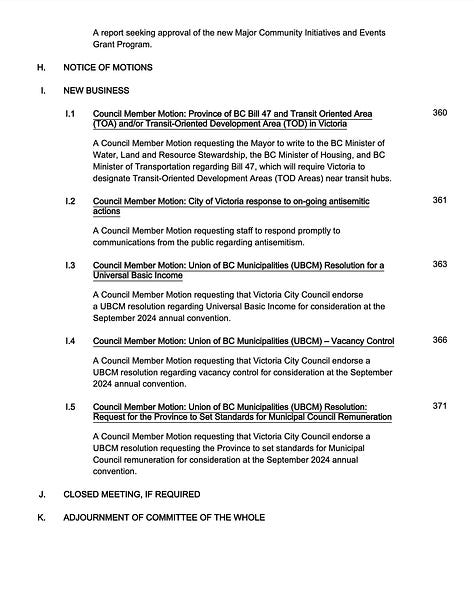
Important items of note were the staff reports on the Family Housing Policy and Advisory Design Guidelines and the Crystal Pool Replacement Project, as well as councillors’ motions Transit Oriented Areas (TOA)/Transit Oriented Development Areas (TOD) and the city’s response to on-going anti-semitic actions (both from Councillor Gardiner) and motions on UBCM resolutions concern universal basic income, vacancy control and councillor remuneration.
Family Housing Policy
Discussion on this item took up most COTW time during the forenoon session. Staff gave a presentation in addition to this report. The recommendation that came from staff was as follows:
Questions from councillors around the recommendations were centred initially on the incentives offered to developers/builders who might need help to meet the requirements of the proposed policy. A full copy of the policy as it was suggested by staff can be found here. The gist of the policy is that residential buildings over 4 storeys will be required to have 15% of their housing stock as designs include three bedrooms or more or 5% if the building will become a rental.
It came early in the discussion off a question from Councillor Krista Loughton about developers that may struggle, when staff mentioned that on the whole the city was already meeting these targets in our builds. The issue is that these targets are not being applied equtably across the entire city with some areas taking on more and others much less than their share.
It was further mentioned that there were incentives baked into the policy through existing powers in the OCP and zoning policy. For example, the city staff and council can work with a developer to get variances on other aspects of the build in order to offset the cost and potentially make an entire project viable. This was something that Councillor Caradonna paid particular attention to in his questioning and later amendments to the recommendations.
Councillor Jeremy Caradonna (and Councillor Dave Thompson, to be wholly accurate) wanted incentives to be clear for developers/builders and part of the policy itself. Thompson mentioned at one point that he had spoken to developers who were not even aware of the new policy coming. Staff continued to point out time and time again that the incentives were not part of the policy because they existed elsewhere in governing documents such as the OCP and zoning bylaws.
Thompson asked a very good question about who made up the advisory group from the industry that helped to inform the policy alongside city staff. He noted that nowhere in the supporting document was there any mention of exactly who participated in the consultation. He specifically asked about the number of for-profit developers. We learned that the majority was made up of for-profit developers, but we never learned who or from which companies.
I have to give Councillor Susan Kim credit because she asked a great question during her time about how staff assesses the validity of claims from developers that they are struggling with a project and it is because of a policy like this. I thought that this was the best question of the entire morning. Staff had an answer that wasn’t very promising when they mentioned that they meet with developers and work alongside them during these projects, and I guess that somehow gives them insight into whether or not they are a “bad actor” (to use Kim’s words).
After a lengthy discussion that often repeated questions and clarifications around incentives and provisions for ensuring that developers/builders are not unduly hindered by this policy to not prevent much-needed housing from being constructed, here is the final resolution that was passed unanimously:
Crystal Pool Replacement Project
Staff presented their report on the Crystal Pool Replacement Project just prior to the lunch break at noon. The report outlined three options for the placement of a new pool facility, considerations for continuity of service options during construction, and information on referenda requirements for council to obtain the funds required for the massive project.
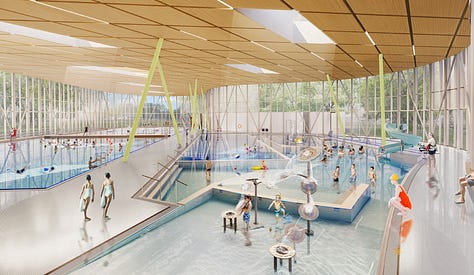
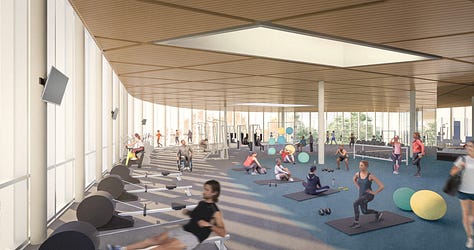
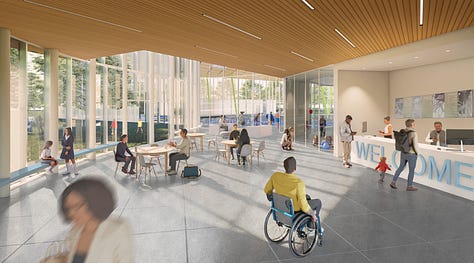
The presentation from the staff was very thorough, and there are a fewould like to cover in detail before we move on to the discussion from the points that I w council that followed.
Important supporting documentation includes the COTW staff report, the feasibility study and the financial report. The presentation had three main points: site options, continuity of service options and legal referendum requirements. The first two are somewhat related to one another as the choices for each have a relationship to the cost and feasibility of the other.
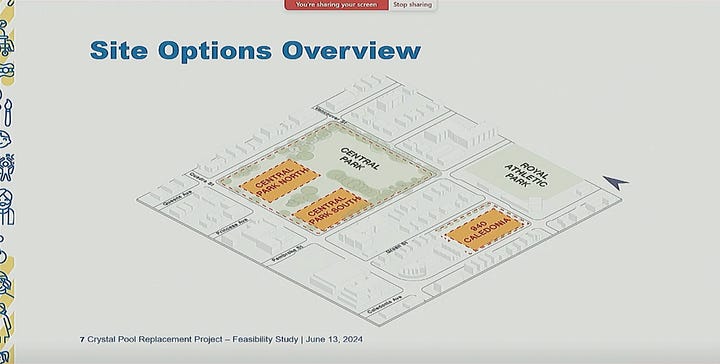
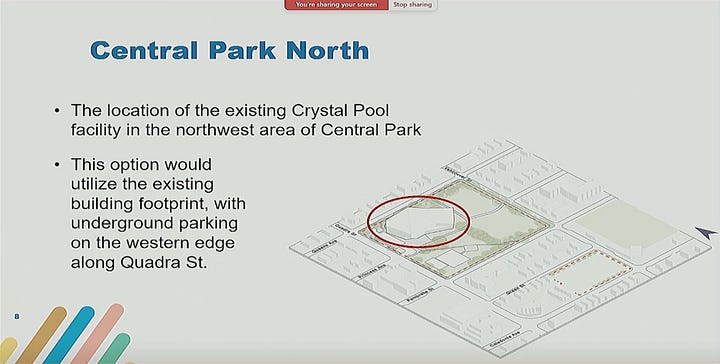
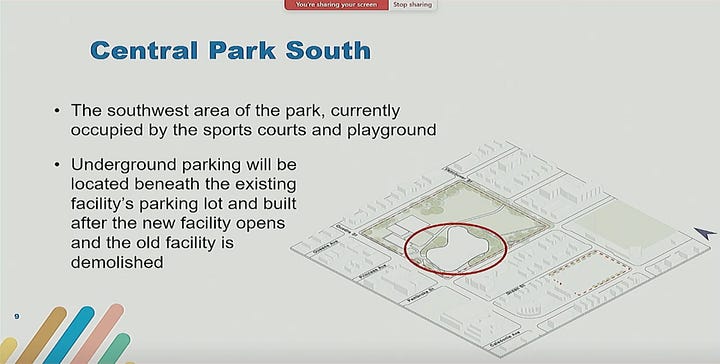
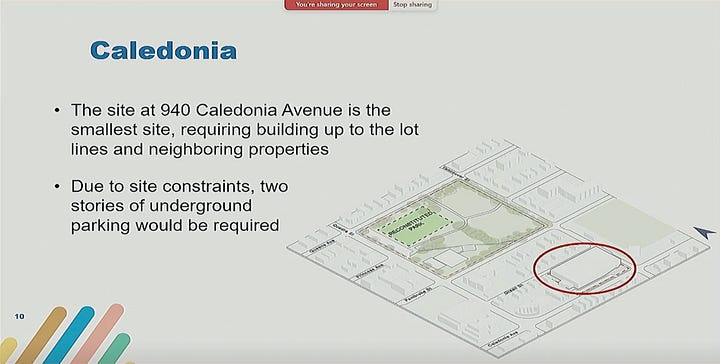
Staff presented three options to the council for site location: Central Park North (over the existing facility), Central Park South (over the existing sports courts and playground), and Caledonia (across from Royal Athletic Park).
Several factors determine the complexity of each site. For example, building over the existing site allows builders to leverage the existing foundation, which helps reduce the cost, while building at Central Park South would mean building around old-growth trees, which makes the construction more complex. Building at the Caledonia site is considered to be the most complex because it would mean establishing an urban construction site with little to no room for staging. This drives up the cost and complexity of the work in the area.
There are also complexity factors related to the continuity of service in the existing building. For example, it’s been suggested that Central Park South and Caledonia are potentially superior options solely because they would both allow the existing facility to remain in operation during the construction period of the new building. However, staff pointed out that this is not entirely true when considering the money spent on refitting the building to last over the construction period. Without the refit, we risk failure as the building continues to age past the designed period, and there are examples of this happening throughout the province.
There are also fears of a “catastrophic failure” (defined by staff as an incident resulting in the facility having to close for the period of construction either for financial or engineering reasons). Such a failure could occur in the regular course of use because it is past its design use period at present, but blasting and work required to build the new facility, potentially right next door, heighten the risk of such a failure.
In terms of site location, council also must consider continuty of service options because the two are linked together in the final price tag. The options also have to consider the level of service achieable during the construction period as it is universally accepted that there will be some degree of service loss or extra burden on those using the services during the contruction phase.
The other consideration on the table concerns funding and the legal requirement for a referendum (or alternative method) in order to borrow money. Staff covered this during their presentation, saying that council had several choices to make in the process. It is obvious that a referendum is desired over the alternative method and so discussions around this topic at COTW focused on that avenue.
If council decides to move forward on a referendum, then a simple majority of those who participated is required. On the topic of the question itself, council can opt to have a single option or multiple options for voters. In this case, council can decide the site location themselves and ask voters clearly in the referendum ballot whether they support the city borrow X dollars for the cost to build the facility at council’s chosen location. Or council can decide to put a choice of sites to voters but the ballot still needs to clearly have a question about authorizing the funds (that is the whole point of the referendum).
Most importantly from a the political perspective, the figure quoted in the funding question must be the highest of all options. This adds another dimension to the discussion. At one point, the city clerk joked that there was an entire art and science around referendum questions and design but it wasn’t really a joke. Part of any referendum campaign will require educating citizens on the true costs of each option as the referendum question itself will only include the most expensive option. I foresee an issue here when it come to people potentially getting sticker shock when a lower cost option is on the table but not seen.
And on the topic of money. Obviously the site location is also tied to how much the project will finally cost the city. It stood out for me that over half of the existing cost of building the new facility is increases in market costs (materials, labour, etc) since 2017 when we first started seriously looking at the replacement. It was a universal sentiment around the council table that this issue has not been addressed, resulting in an even greater cost to the public.
The cost at the higher end estimation is $202.9 million which is building on the Caledonia site while having continuity of service using existing pool facilities in the region and using temporary space at the Crystal Garden. On the lower end the cost is $179.2 million, again, with continuty of service being decentralized rather than keeping the existing facility open. It is important to note that in every case, staff has proposed drawing $30 million from the Debt Reduction Reserve which is established to help the city avoid taking on debt (this makes sense).
During the discussion following the staff report, council also consider drawing from the Parking Reserve Fund which is designed to fund the maintence of existing parkades within the city. The justification would be that a new parkade is being constructed alongside the facility. It also makes the final number slightly lower for the question in a referendum ballot (we’re going to touch on this kind of math in an editorial, so get a paid subscription today).
Adam Stirling has noted that the approximately $200 million price tag is “100 years worth” of the arrangement Langford has with the privately managed West Hill Aquatic Centre.
We cannot talk about adding expenses to the city without considering the impact on homeowners and businesses via the tax levy. Staff draw up a rough timeline of repayment (this does not take into consideration repaying $18 million in the Parking Reserve Fund) in the course of their presentation. Residents will see a 2% increase compounded over three years that gradually reduces to 0.5% in year 5. The estimated increase is 8% without compounding.
Businesses will have the same 2% increase but because of the higher tax base they will pay more in real dollars over the five years. The estimated dollar increase over the five years for residents is $256 and for businesses $660. These figures do not include the adjustments of potentially drawing on other reserve funds or seeking other streams of revenue for the project (naming rights, commercialization, etc).
After a lengthy discussion, council decided to move forward with a referendum that will feature two site options (Central Park North and South) and the borrowing authorization question (which will have to include the larger figure).
Staff anticipates that they will be prepared for the question to be put to voters in early 2025. There is a great Times Colonist article by Andrew A. Duffy that covers the details of what council decided (no need for me to reinvent the wheel here).
UBCM Resolutions
After a short break and a motion to extend, Mayor Marianne Alto sought consent from the floor to amend the agenda and only take up items of a time sensitive nature. All of the councillors’ motions were moved to next week, Thursday 20 June. It was at this point in the midafternoon when a handful of protesters who had shown up what I assume was for one of Councillor Gardiner motions, left because the councillors’ motions were not to be taken up for the day.
There were three motions on the agenda concerns resolutions that council sought to send to UBCM. It was for this reason that they were time sensitive and kept on the agenda in the extension.
The first resolution concerned a call on the provincial and federal governments to adopt a universal basic income. There was discussion over the merits of UBI and Susan Kim highlighted a fear that it could give governments an excuse to cut social safety funding. It passed and will go on to UBCM for consideration.
The second concerned vacancy rates. There was some discussion over facts and figures presented in the preambles but because the preambles do not form the substantive portion of any resolution, it passed and will go on for consideration at UBCM.
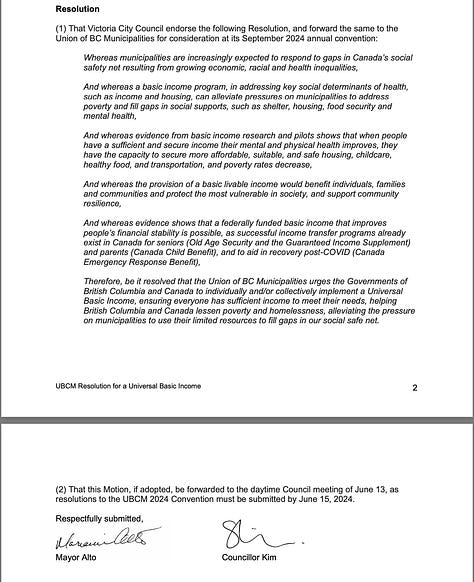
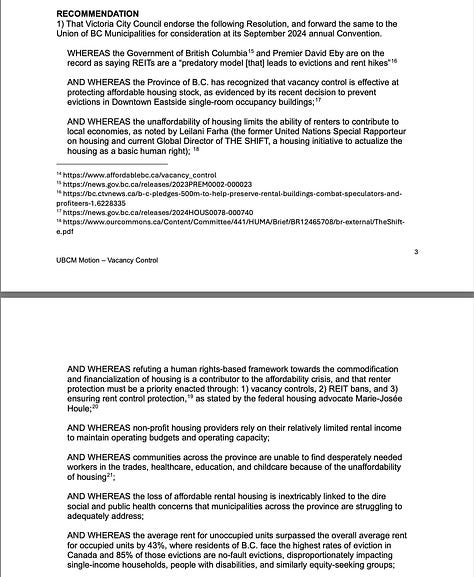
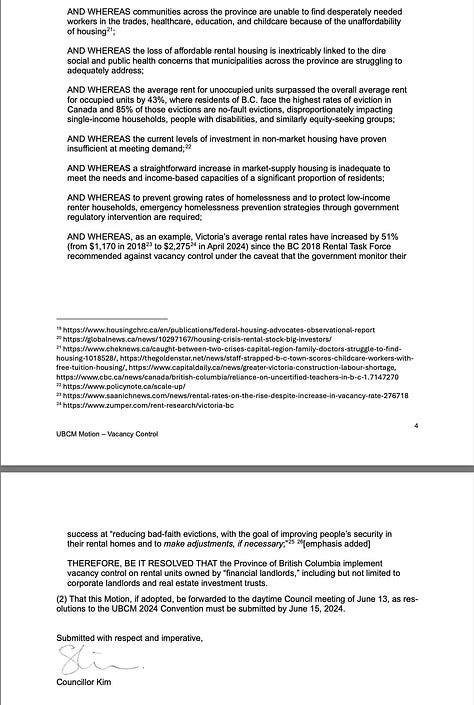
The final resolution proposed was about calling on the provincial government to establish remuneration policy for local officials. There was some discussion over whether such a system would override input and decision making at the local level. It passed and will go to UBCM for consideration at a larger forum.
The committee-of-the-whole meeting was adjourned at 4:30pm, 2 hours and 30 minutes past the 2pm scheduled time.
Council to Follow COTW
Immediately following the COTW, council meet to follow. This was a brief meeting and ended with an in-camera portion.
All items considered were moved forward without issue. I obviously cannot report on what happens in the in-camera portion of the meeting.
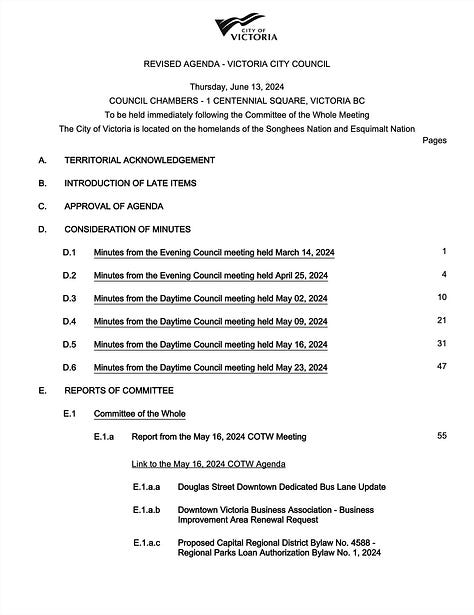
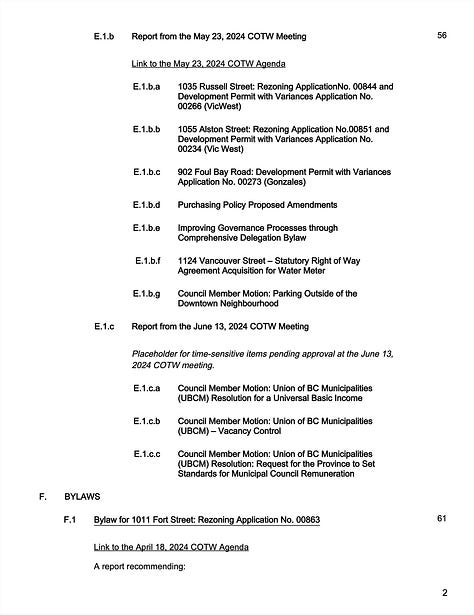
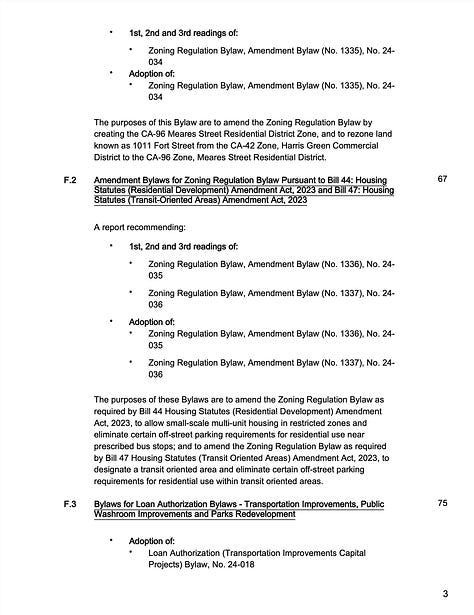
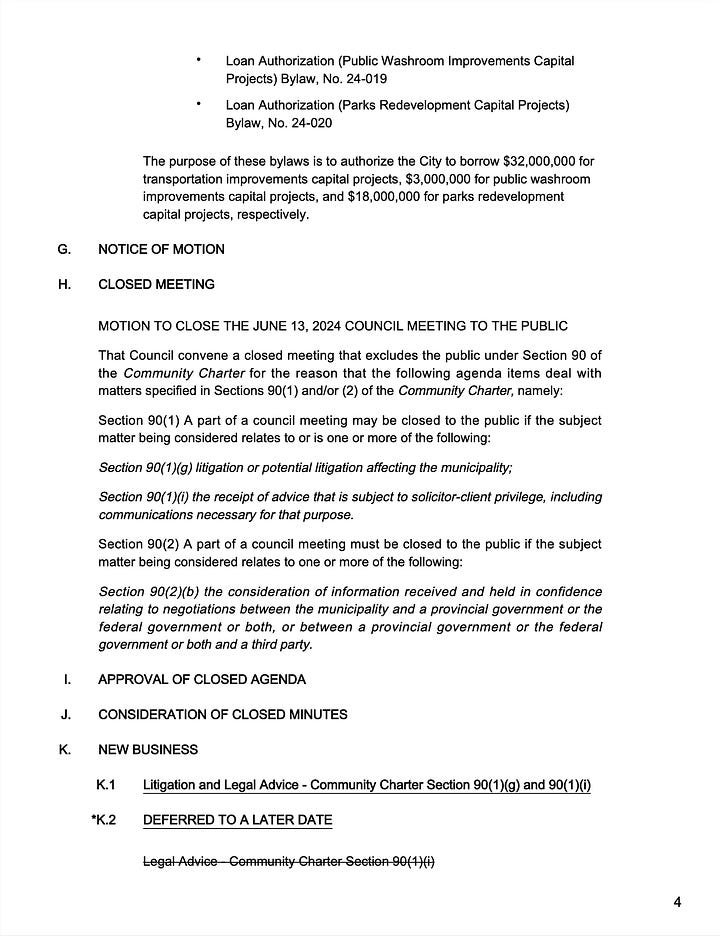

Council Meeting
The council meeting was called to order at 6:30pm. There were several members of the LGBTQ+ community members in attendance and the gallery was full.
The only significant items on the agenda were public presentations. We heard from a representative of the Property Rights Association of BC who chastised council for not engaging with citizens and four citizens who spoke about the traffic and congestion on the Maddison Pedestrian Priority Greenway caused by GNS in the area.
We also heard from a group called 1 Million Voices For Inclusion who was asking the city to stop the We Unify Conference that is scheduled to take place at the Victoria Conference Centre.
And that was an entire day for The Municipal Fly covering the meetings of the Victoria council. Your fly on the wall.



